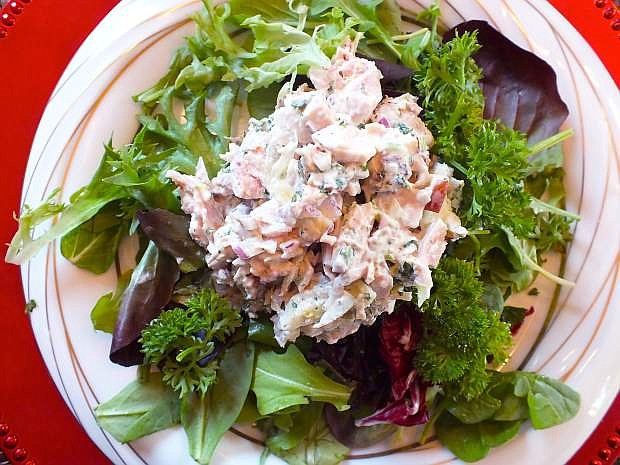In this article, I will tell you all about Tuna or Turkey Which one is the healthiest food? I will also describe its benefits precautions and disadvantages. Tuna or Turkey.”Tuna vs. Turkey: Which is healthier? Compare protein, omega-3s, and more. Find the best lean protein for your diet.
Table of Contents
What is Tuna or Turkey:
A Tuna is a healthy saltwater fish that belongs to the tribe Thunnini and it is from the subgroup of the Scombridae family. On average Tuna is 2 m long and has different sizes ranging from bullet tuna to Atlantic bluefin tuna and people believe it can live almost 50 years. Learn more about Tuna on Wikipedia
Properties of Tuna
- Speed: Tuna are among the fastest swimming fish in the Ocean their speed is almost 70 kilometers per hour.
- Warm-bloodedness: warm-bloodedness is one of the causes of their swimming speed because they can maintain their higher body temperature which helps them to swim even in cold water.
- Diet: Generally, it is opportunistic feeders which means they can eat anything they find. mostly, they like to eat squid, crabs, and shrimp.
- Commercial Importance: It is a popular seafood worldwide because of its immense health benefits.
Kinds of Tuna
- Albacore:
- Yellowfin:
- Bigeye:
- Bluefin:
Advantages of Tuna
- Higher in Omega-3s: Tuna is the best source of getting omega-3 fatty acids. It directly affects to improves heart health.
- Lower in Saturated Fat: it contains low saturated fat than turkey..
- Skin Health: Tuna Contains vitamin D essential in reducing inflammation and helpful in calcium absorption.
- Weight management: It is considered a weight management food because it is low in fat and calories making it weight-friendly.
- Vitamins: It contains vitamins C and D essential help to boost our immune system and create a wall to protect our bodies from being infected.
Disadvantages Of Tuna
- Mercury Concerns: Some types of tuna (like albacore) can have higher mercury levels, so moderation is key, especially for pregnant or breastfeeding women
- Allergic effect: It is a need to avoid Tuna when you have a fish allergy.
- Sources: You should try to buy from a trusted supplier or eat in a hotel that follows food safety SOPs.
- Variety of Tuna: You should try to choose low-mercury tuna fish like canned tuna and avoid high-mercury tuna bigeye or bluefin.
What is Turkey
Turkey is a bird native to the North American region. It is one of the most popular dishes in America. It is a poultry animal raised primarily for its meat. Learn more about turkey on Wikipedia
Turkey Bird Types:
There are two main types of turkeys:
- Wild Turkeys: These are the ancestors of domesticated turkeys. the origin is North America somewhere in the forest and woodlands.
- Domesticated Turkeys: the production of this kind is larger than any other they are commonly raised in farms.
Properties of Turkey
- Appearance: Turkeys are recognizable by their large size, colorful plumage (especially in males), and fleshy wattle hanging from their beaks.
- Food Source: Turkey meat is a popular food, especially during Thanksgiving and Christmas in many countries. It’s considered a lean source of protein.
- Symbolism: The turkey is a symbol of Thanksgiving in the United States and Canada.
Advantages of Turkey
- Lean Protein: A good source of lean protein, essential for building and repairing tissues.
- Rich in B Vitamins: Provides B vitamins like niacin and vitamin B6, important for energy production and metabolism.
- Versatile: Can be prepared in various ways (roasted, grilled, ground) for diverse meals.
Which is “Healthier” Tuna or Turkey?:
- For heart health: Tuna might be a slightly better choice due to its omega-3 content.
- For overall protein and B vitamin intake: Turkey can be a good option.
Analysis via Table “Turkey Or Tuna“
| Nutrient | Tuna | Turkey |
| Protein | 44g | 41g |
| Calcium | 4% | 4% |
| Vitamin B3 | 191% | 85% |
| Zinc | 14% | 30% |
| Phosphorus | 48% | 61% |
| Selenium | 308% | 101% |
| Iron | 44% | 34% |


